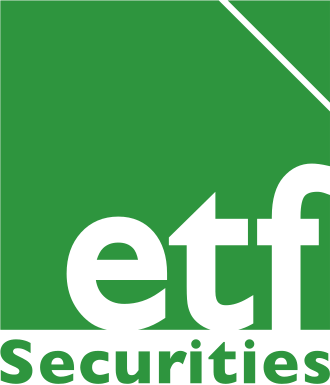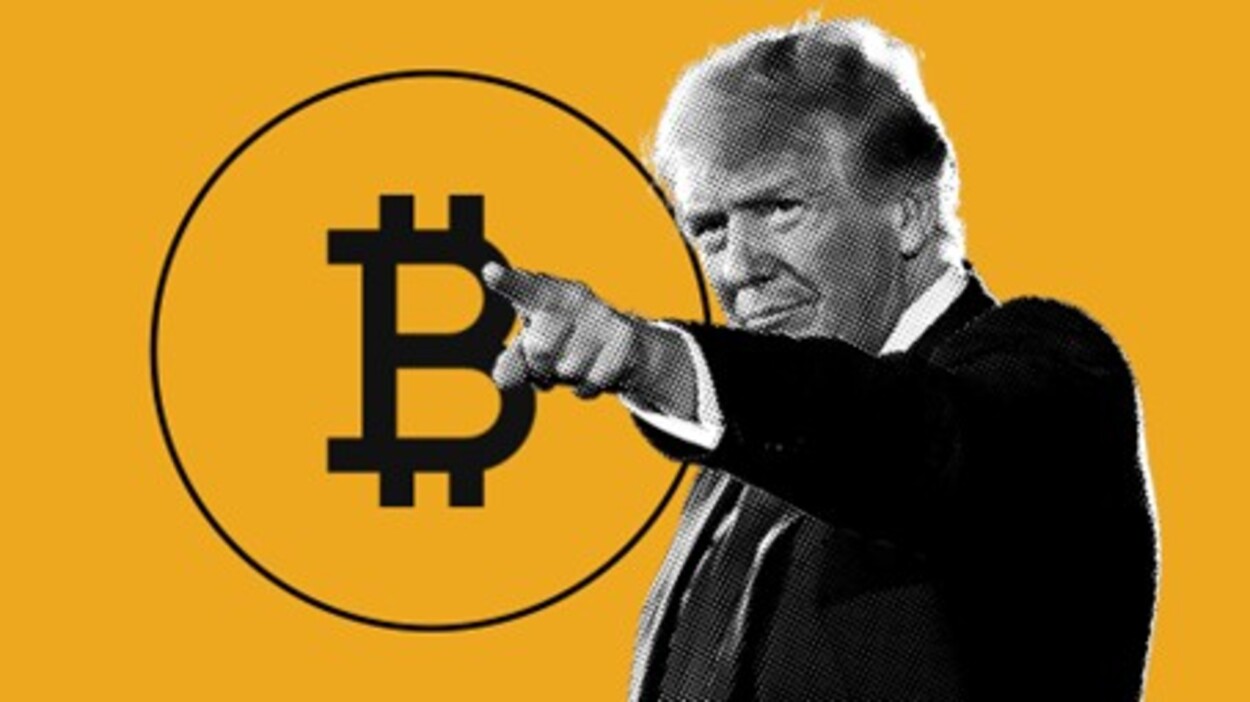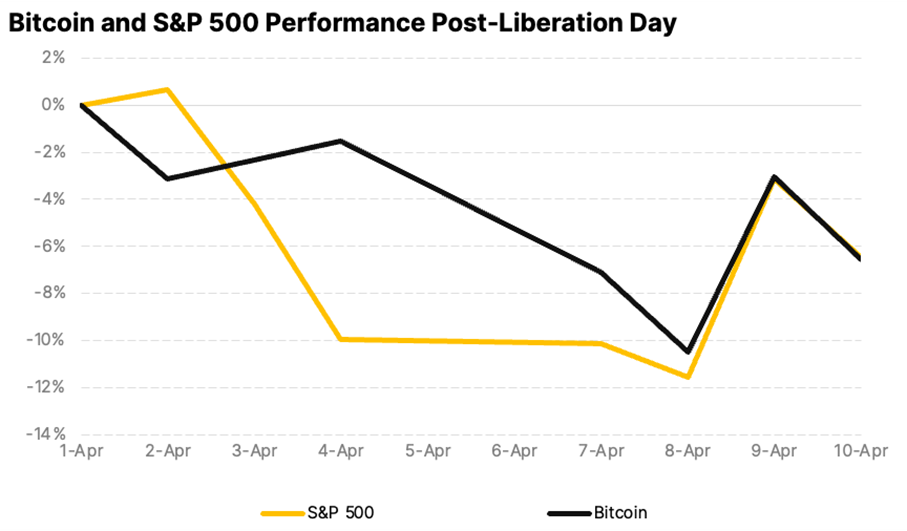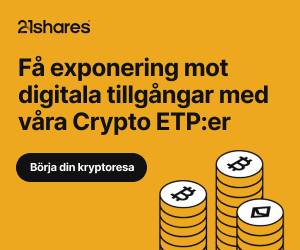Equity Research – VIX and Tax promises lulling equity investors into a false sense of security
Summary
US equities have started the year in an amazingly tranquil way. Under such calm, the Dow and S&P500 have reached record levels. Consensus is optimistic, expecting corporate earnings growth of 21% this year, while the VIX is exceptionally low.
However, other indicators do not share such a placid view of the world. For example, government bond yields have remained low, indicating that risk appetite has not normalised.
We believe the VIX and corporate tax cut promises are lulling some investors into a false sense of security. Leaving equity markets vulnerable to a sell-off in the event of further interest rate rises and disappointment from the US political administration.
The VIX is exceptionally low
The VIX, a perceived measure of market risk highlights that there is little fear in the market at present. This year it has averaged 11.2, well below its long-term average of 19.6, putting this in context, only 4% of the time is it ever this low. On the one hand, good corporate earnings, the prospect for corporate tax cuts and expected infrastructure spending could justify such optimism, but on the other hand, we find it puzzling that political volatility in both the US and Europe is not being reflected in the VIX.
The unwinding of loose monetary policy and the potential unravelling of asset bubbles that this loose policy has created has driven up the demand for precious metals such as gold and certain other alternative investments higher. However, the VIX fails to mirror this rise in fear. This has led us to question whether the VIX is still a valid expression of market risk.
The VIX is understating risk
In an attempt to answer this question we have created a model of the VIX, using the Global Financial Stress Index (GFSI) in combination with the US Economic Policy Uncertainty Index. The former was developed by Bank of America Merrill Lynch, and measures a broad set of risk measures, hedging demand and investor appetite for risk. The latter is measure news story counts related to economic policy, uncertainty and legislation. The model, calibrated with data from 2001 until 2014, very closely tracked the VIX (with an r-squared measure of 0.9). However, recently there has been a widening deviation between model results and actual values. We believe this implies that the VIX is abnormally low. Our model suggests the VIX should be at 20, a level that is usually associated with much higher market risk.
(click to enlarge)
The term structure of the VIX, a reflection of investors future perception of volatility, is rising, suggesting investors are concerned for higher future volatility. At 9 months out volatility is expected to rise to 18, but it remains well below our model estimate of 20.
The steep term structure of the VIX is likely a result of years of loose monetary policy, the steep term structure gives yield hungry investors who are short the VIX a yield (carry trade). It is also a reflection of investors’ fears for the future, but this term steep term structure has been present for many years despite the VIX reaching new lows. In some ways, the carry trade and fears for the future are feeding off each other.
Financialisation of VIX futures
Some have suggested that the VIX is low due to:
- Unstable macro events, a broad rise in the S&P500 is masking unusually low correlation between market sectors and individual stocks. Though this does not fully explain why the VIX has been deviating from our model, as this is a recent phenomenon.
- CFTC futures on the VIX highlight much higher net positioning volatility; this has persisted since Ben Bernanke’s speech discussing tapering of quantitative easing in May 2013. It suggests increasingly divergent views on volatility.
- An increase in demand for financial products that promise protection from rises in the VIX and market volatility. We have seen a large rise in shares outstanding for long VIX ETFs, while short VIX ETFs shares outstanding have fallen commensurately.
(click to enlarge)
- Conversely, low interest rates and the consequent hunt for yield from investors has led to some investors to short the VIX, to take advantage positive yield generated from the persistently steep term structure.
- We believe the VIX is artificially low because of CFTC positioning, while being volatile, it shows investors are close to the largest net short position in history.
What concerns us is that CFTC net positioning on the VIX is at record low levels suggesting many investors are taking advantage of this carry trade. The low VIX has created a perception of low risk in the markets, pulling down realised volatility on the S&P 500. Perversely, low equity volatility could be a factor driving the Fed to raise interest rates in March, but higher rates could prompt a disorderly unwind of this short positioning given that it is so extended at present.
Market pricing is looking stretched
This comes at a time when equity markets are making new all-time-highs and investor sentiment has reached peak bullishness according to the American Association of Individual Investors survey. Corporate earnings have been good, with 75% of delivered results beating expectations while growth in both earnings and sales continue to recover. Although valuations on the S&P500 are now becoming stretched, with trailing Price/Earnings multiples now at 22x, the highest point since 2002 and consensus earnings growth for 2017 is 21%, well above the average annual growth of 4.7%.
Tax reform disappointment
We question if it is right for investors to be so optimistic when valuations are so high. It seems that some of the large rise earnings growth is due to the base effect caused by the expected recovery in earnings in the oil sector. However, the main reason for such optimism is the prospect of corporate tax cuts, coupled with a tax amnesty on repatriating corporate cash piles. These could lead to an increase in share buybacks, boosting earnings. We believe it is likely that these promised tax reforms could be delayed given the need to be approved by Congress and the divisions in the Republican Party. Furthermore, without the revenue from a border tax, it’s difficult to see approval in Congress without a new source of revenue.
Profit margin squeeze to continue
Profit margins have peaked and have been trending downwards in recent years. We expect this trend to continue despite the renewed optimism for economic growth, primarily due to rising labour competition. The National Federation of Independent Business has reported a continued rise in unfilled job openings highlighting the increased difficulty employers face in finding skilled labour. That has pushed up wages, which account for roughly 70% of the average company’s costs.
(click to enlarge)
In short, we believe equity markets are becoming too complacent, valuations are high at a time when margins are likely to be squeezed further, whilst many promised tax cuts may not come to fruition this year. Furthermore, we believe the VIX is lulling some investors into a false sense of security when holding equities. These factors leave equity markets vulnerable to a sell-off in the event of further interest rate rises and continued lack of clarity from the US political administration.
Important Information
General
This communication has been issued and approved for the purpose of section 21 of the Financial Services and Markets Act 2000 by ETF Securities (UK) Limited (“ETFS UK”) which is authorised and regulated by the United Kingdom Financial Conduct Authority (the “FCA”). The information contained in this communication is for your general information only and is neither an offer for sale nor a solicitation of an offer to buy securities.
This communication should not be used as the basis for any investment decision. Historical performance is not an indication of future performance and any investments may go down in value.

 Nyheter4 veckor sedan
Nyheter4 veckor sedan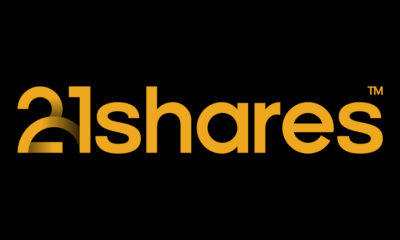
 Nyheter3 veckor sedan
Nyheter3 veckor sedan
 Nyheter3 veckor sedan
Nyheter3 veckor sedan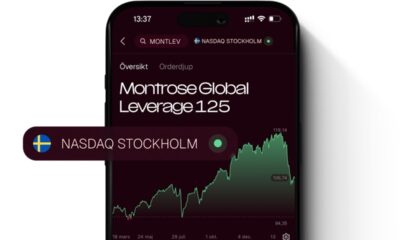
 Nyheter2 veckor sedan
Nyheter2 veckor sedan
 Nyheter3 veckor sedan
Nyheter3 veckor sedan
 Nyheter4 veckor sedan
Nyheter4 veckor sedan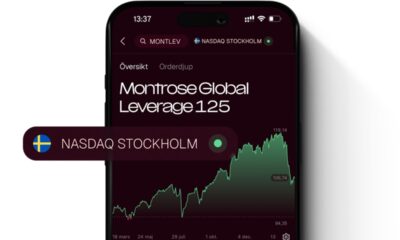
 Nyheter2 veckor sedan
Nyheter2 veckor sedan
 Nyheter3 veckor sedan
Nyheter3 veckor sedan
